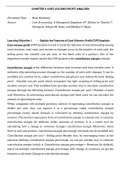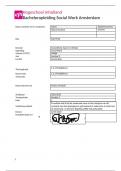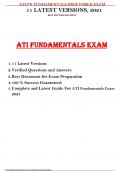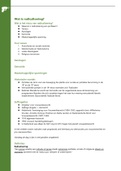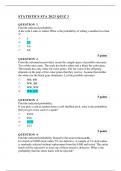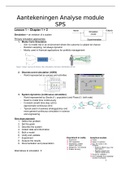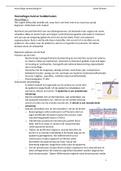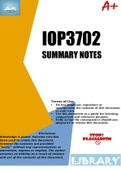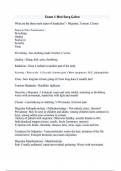Samenvatting
Summary Cost-Volume-Profit Analysis
- Vak
- Instelling
- Boek
It contains summary of chapter 3 of "Cost Accounting: A Managerial Approach" book from Charles T. Horngren, Srikant M. Datar, and Madhav V. Rajan. It is written concisely based on learning objectives of the chapter.
[Meer zien]
